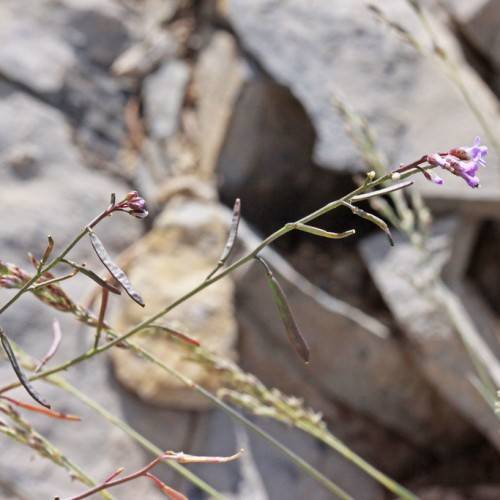
Little-Leaved Rockcress
Boechera microphylla
Watering:
Average
Hardiness Zone:
Flowers:
Flowers
Sun:
Sun, Partial Shade
Soil:
Sand
Leaf:
Yes
Growth Rate:
Low
Drought Tolerant:
Yes
Salt Tolerant:
Yes
Care Level:
Medium
watering
Woody-Branched Rockcress should be watered regularly, both to maintain its optimal health and to promote flowering. Water the plant deeply, approximately every 2 to 3 days, to ensure its roots are completely reached by the water. Once every week, however, it is best to let the soil dry out between watering sessions. This will help avoid root rot, a common issue with this species. If the soil is too dry, the leaves will start to look wilted.
sunlight
Woody-Branched Rockcress (Boechera lignifera) thrive in full sun, so they should receive as much sunlight as possible--at least 6 to 8 hours of direct sunlight each day throughout the growing season. This species prefers warmer climates and can thrive with increased seasonal sunshine. When grown indoors, choose a sunny spot with ample natural light, preferably near an east-facing window. To avoid damaging its delicate stems and leaves, Woody-Branched Rockcress should be exposed to strong midday sun sparingly or not at all, and full sun should be avoided during periods of drought.
pruning
Woody-Branched Rockcress (Boechera lignifera) should be pruned in early spring when the temperatures have risen above freezing. Pruning at this point encourages lush new growth that will flower in the summer. Pruning should involve removing up to 1-third of the plant's stems in order to promote a healthy, attractive shape. Once the blossoms of the plant begin to fade, deadheading or trimming off the individual flower heads can be done to maintain a neat appearance. Deadheading is especially important for preventing the plant from using its energy to produce more seed pods. Pruning should be done carefully and not cut too close to the stems. It is also beneficial to thin any overcrowded stems and trim off any crossed branches.
